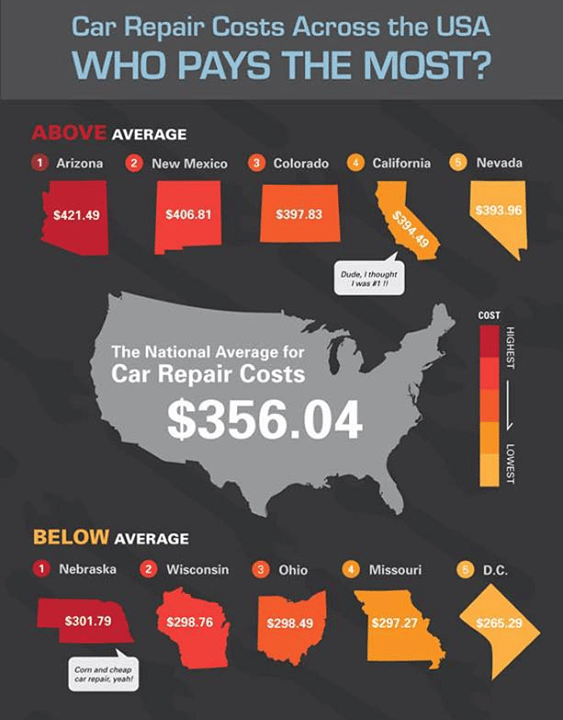Seeking Clearness On The Caution Lights Presented On Your Auto'S Dashboard? Learn Exactly How They Connect To Your Lorry'S Health And Safety
Seeking Clearness On The Caution Lights Presented On Your Auto'S Dashboard? Learn Exactly How They Connect To Your Lorry'S Health And Safety
Blog Article
Web Content Created By-Sykes Forbes
When you're behind the wheel, those glowing warning lights on your control panel can be a little bit complicated. Do you recognize what they're attempting to tell you about your cars and truck's health and wellness? Comprehending the importance of these lights is vital for your safety and security and the long life of your vehicle. So, the following time one of those lights pops up, wouldn't you wish to decipher its message accurately and take the essential steps to address it?
Common Caution Lighting and Interpretations
Recognize usual caution lights in your car and understand their definitions to make sure secure driving.
The most normal caution lights consist of the check engine light, which indicates concerns with the engine or exhausts system. If detailing shed begins, it's vital to have your vehicle examined immediately.
The oil stress advising light indicates low oil stress, requiring prompt attention to avoid engine damages.
https://knoxvqkfz.tokka-blog.com/31446701/are-you-interested-concerning-the-widespread-misconceptions-surrounding-vehicle-outlining-discover-the-truth-behind-these-misunderstandings-and-understand-the-advantages-of-professional-describing-for-every-single-automobile-proprietor blinking battery light might suggest a defective billing system, potentially leaving you stranded otherwise addressed.
The tire stress monitoring system (TPMS) light signals you to low tire stress, affecting automobile stability and gas efficiency. Overlooking this can result in unsafe driving conditions.
The ABS light indicates a problem with the anti-lock braking system, compromising your capacity to stop quickly in emergency situations.
Lastly, the coolant temperature level alerting light warns of engine overheating, which can cause extreme damage otherwise dealt with swiftly.
Understanding these common warning lights will certainly help you address concerns immediately and preserve secure driving problems.
Importance of Prompt Interest
Comprehending the usual warning lights in your car is just the very first step; the value of quickly dealing with these warnings can not be emphasized enough to ensure your safety on the road.
When a caution light brightens on your control panel, it's your auto's method of communicating a possible concern that requires focus. Ignoring these warnings can bring about much more extreme issues down the road, endangering your safety and possibly costing you extra out of commission.
Trigger interest to advising lights can protect against failures and crashes. For example, a blinking check engine light might indicate a misfire that, if left ignored, might create damages to the catalytic converter. Resolving this quickly can save you from a pricey repair service.
In a similar way, a brake system advising light could indicate reduced brake fluid or worn brake pads, critical elements for your safety when driving.
DIY Troubleshooting Tips
If you discover a warning light on your control panel, there are a few DIY troubleshooting ideas you can attempt before seeking expert assistance.
The primary step is to consult your automobile's handbook to understand what the certain warning light shows. Sometimes clean car upgrade can be as basic as a loosened gas cap triggering the check engine light. Tightening up your input here may deal with the trouble.
Another common concern is a low battery, which can trigger numerous cautioning lights. Inspecting the battery connections for rust and ensuring they're safe could deal with the issue.
If a warning light persists, you can try resetting it by detaching the auto's battery for a few minutes and after that reconnecting it. Additionally, inspecting your lorry's liquid degrees, such as oil, coolant, and brake liquid, can help fix alerting lights connected to these systems.
Verdict
To conclude, understanding your vehicle's warning lights is important for maintaining your lorry running efficiently and securely. By promptly resolving these signals and understanding what they indicate, you can stay clear of pricey repairs and potential failures.
Bear in mind to consult your cars and truck's manual for specific information on each cautioning light and take action accordingly to make sure a hassle-free driving experience.
Keep educated, stay safe on the road!
